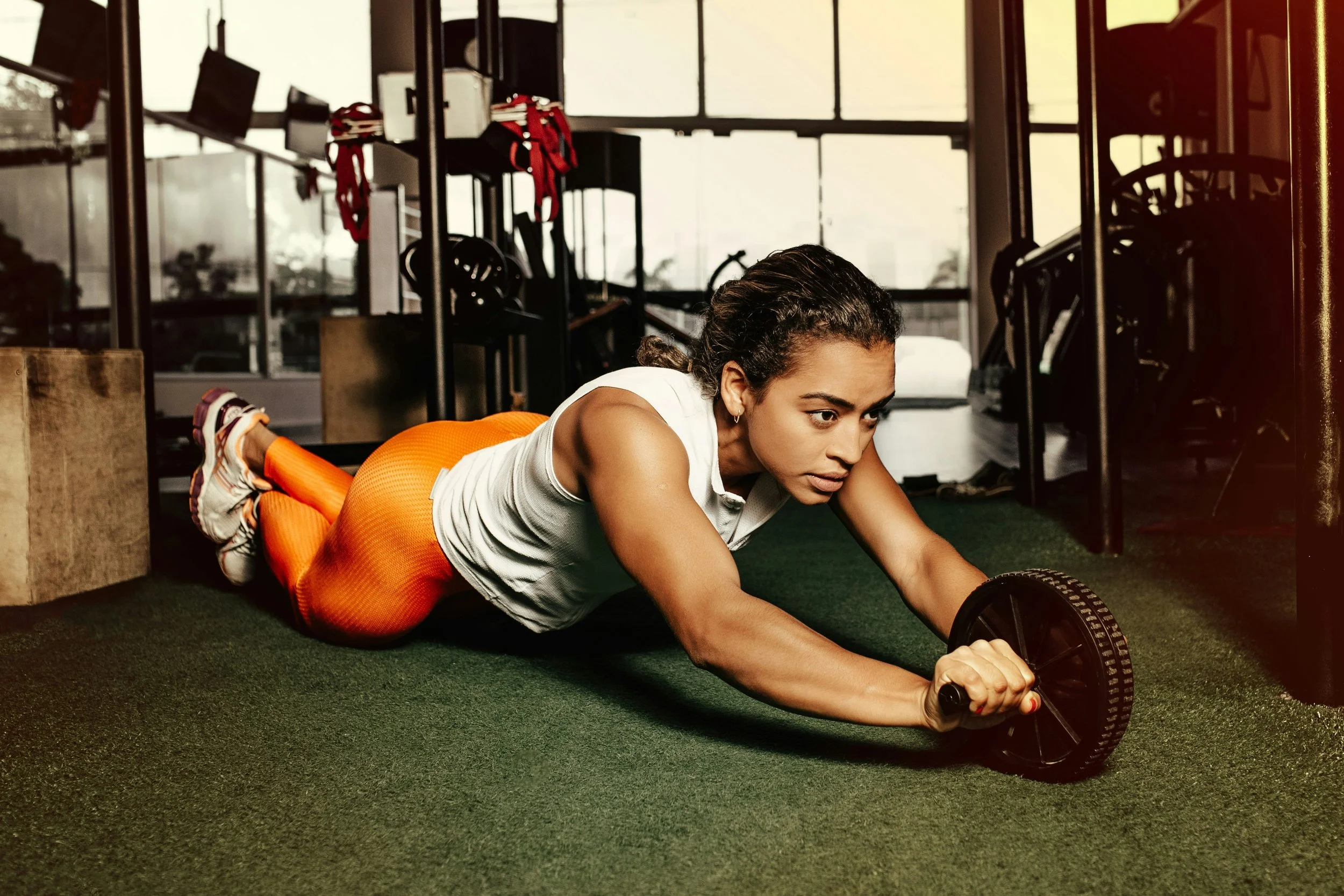Welcome back to All Things Running with Sonja & Jen. Today Jen is going to talk about gender differences in anaerobic capacity and how it changes as we age.
My aerobic capacity has improved as I’ve gotten older but not my anaerobic capacity. We all know that as we age our body slows down but at what age and why? If we train differently can we slow down the aging process and thereby slow down how quickly we become slow?
I became curious about anaerobic capacity and differences between males & females and how it changes as we age. More recently many of my races have become community races. When I was younger I didn’t mind this as much as I felt like racing against males running my time was a good matchup for me. As I’ve been aging these races no longer feel comfortable. They go out fast and my body can’t respond. Perhaps it is just the grouping but when I compete against college females running the same time as me this doesn’t happen.
For many years now I’ve been able to break 2:20 in the 800. After covid things really changed for me but I’m not sure it was the virus’s fault. During the pandemic, I changed my training quite a bit and I didn’t train for short races. I actually started to focus on the 5k and even raced a 20k. So if I spent 3 years focused on endurance activities then maybe I’ll need the same amount of time to get back my speed? I truly started to uncover something I’ve thought all along but still wanted to disbelieve. I’m an athlete with fast twitch A muscle fibers. These fibers are primarily found in abundance in middle distance runners. They are highly adaptable but if they become more aerobic do we sacrifice our anaerobic capacity?
Height differences impact performance. If you are taller you are taking fewer steps per mile. So a smaller runner has to run that much faster or a higher cadence to run the same pace. The average height for females is 5’4” and for males is 5’9”. Over the course of a mile females will take 2,397 steps and males will take 2,223 steps. I’m 5’2” which is 2,474 steps per mile.
One study I read showed that at 115% of vo2max, a male’s anaerobic capacity is 13% greater than female (Rodrigo, Gonzalez, Fonsanti, Zagatto - SP Brasil 2019). There are a lot of reasons for this based on body size & muscle composition, physiology, enzyme activity and biochemical processes. Keeping in mind the 800 meters is run at 120% of VO2 max.
As we age the processes described are much more challenging for females. We need to maintain our muscle mass through menopause & as our hormones decline we need to make sure that we are doing more high intensity exercise and not just running long distances if we want to maintain our anaerobic power. Typically for females our hormones drastically decline beginning at age 40 whereas male hormones decline slowly over time reaching the lowest point at age 60. At age 40, males are still near their highest level.
A decrease in anaerobic capacity comes from change in muscle fiber composition, decrease in cardiovascular and respiratory systems. Reduced levels of certain hormones, such as growth hormone & testosterone. Regular strength training can help mitigate these age-related declines to some extent. So before you declare I’m getting older, therefore slower, is it better to ask how you can and should be changing your training?
Sonja and Jennifer are sharing their personal experiences. This is being provided for informational purposes only. We are not giving medical advice and you should always consult your own doctor for advice related to your own health.

